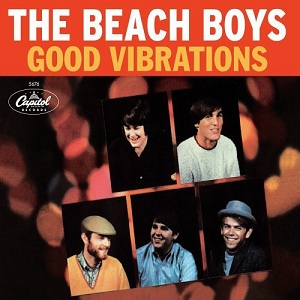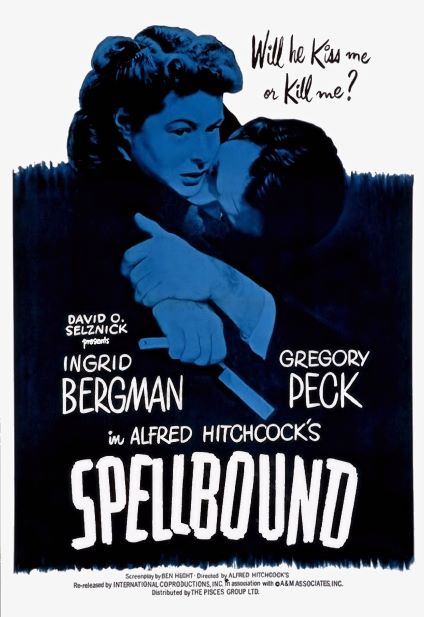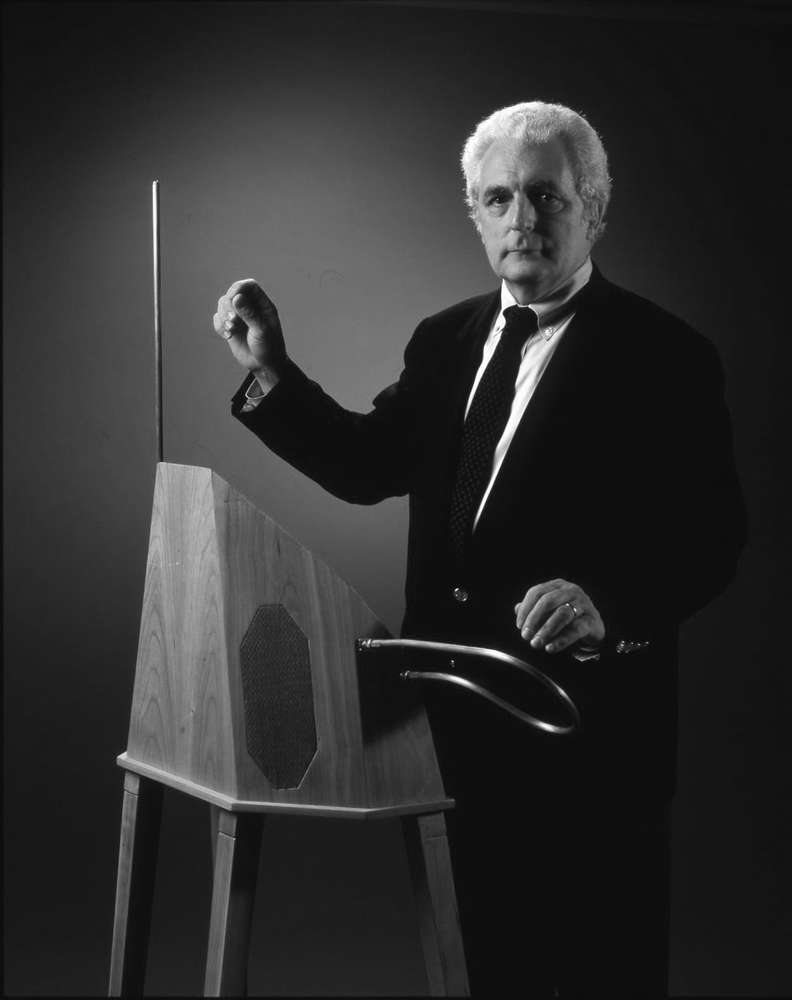By Hannah Durland
Picture this: You’re watching an old sci-fi movie. The scene opens with a slow pan over an alien landscape. Nothing has happened yet, but the heroes still walk forward with apprehension. Everyone is waiting for the break in the tension, for something to happen.

Then, a strange high-pitched sound is played, announcing the arrival of the alien enemy. The heroes jump, but you knew the creature was coming the second you heard the eerie music playing. The song may change, but that sound always means an alien is on the way, and even those who aren’t science fiction lovers know this old trick of Hollywood.
The go-to instrument for eerie or unsettling music that has become an icon for older sci-fi movies and series is the only instrument that is completely hands-off, called the theremin. While few people have heard of it, most people have heard it. Even if you’re not into science fiction, chances are you’ve heard it pop up somewhere before.
One of the more recent uses of the theremin has been in the Disney+ original series Loki. Composer Natalie Holt’s incorporation of the theremin into the soundtrack gives the show an atmosphere that is both futuristic and nostalgic, intriguing and unsettling.
Another show that makes use of the theremin is the BBC’s Midsomer Murders, heard in the theme song composed by Jim Parker. The song captures the essence of the show – lighthearted and fun while also having a darker and eerie side.
The theremin is not strictly kept to soundtracks! The Beach Boys used the sound of an electro-theremin in their 1966 hit single “Good Vibrations.” While technically not a true theremin, it has a similar sound and the popularity of “Good Vibrations” led to an increase in public interest in the theremin.

This unique musical instrument came about by accident. When Soviet scientist Lev Sergeyevich Termen or, as he later came to be known, Leon Theremin first invented the theremin about a hundred years ago, he had been developing ways of detecting the density of gases. When he was working on one of his machines, he noticed that the sound it made was not reacting to any of the gases, but to how he moved his hands around the antennae. While it wasn’t the result he was looking for, Theremin realized he had created an entirely new way of making music, and an entirely new sound to go with it. With encouragement from Lenin, Theremin took his instrument and played it across Europe, eventually landing in the concert halls of New York City. Radio broadcasts made him and his device, dubbed the theremin after himself, popular throughout the United States.
Theremin wanted his instrument to remain in the concert halls, a new instrument to play classical music. Yet in the 1940s, one ended up on a Hollywood set. Mitchell Leisen was working on adapting the Broadway show Lady in the Dark for the silver screen. The story followed the life of a woman going through troubles in her personal life, driving her to undergo psychoanalysis. The soundtrack took the sound of the theremin and used it to indicate when the lead was getting treatment. It was the first association of the sound of the theremin to the eeriness of the human mind.

The second film to use the theremin in this way was the Alfred Hitchcock movie Spellbound in 1945. As expected from a Hitchcock movie, it was a psychological thriller about a psychoanalyst who falls in love with a man who turns out to be mentally unstable, potentially a murderer. Composer Miklos Rozsa needed to make a soundtrack that would be suitably unsettling for such a plot, with a sound that would indicate an impaired or unbalanced mental state. He found the theremin, Hitchcock approved, and the film was a success, with the soundtrack both winning an academy award and cementing the theremin as the sound of psychological horror.
This association with horror as well as the uncanny, otherworldly sounds of the theremin made it the perfect instrument to accompany the new Hollywood attraction of the 1950s – science fiction movies. While previous horror films could draw back on natural music and instruments for their earth-bound monsters, this did not work for creatures that were from entirely different worlds. These unearthly beings needed an unearthly noise to go with them. The theremin was the perfect choice. One of the first science fiction films to use the theremin was The Day The Earth Stood Still, released in 1951. The theremin can be heard in the first scene showing the aliens emerging from their spaceship to the shock and horror of the watching citizens, and accompanies the aliens throughout the rest of the film whenever they appear. After The Day The Earth Stood Still as well as other films such as The Thing From Another World (1951) and It Came from Outer Space (1953), the theremin came to be associated with aliens and science fiction media as well as abnormal mental states in thrillers.

However, while the sound was well known, the instrument itself was pretty obscure, as the general public had lost interest in the theremin since its initial popularity in the 1920s. Yet it continued to influence mainstream culture. As previously mentioned, The Beach Boys used a theremin-like synthesizer sound in “Good Vibrations” in the 1960s. Rock star Jimmy Page, guitarist of the rock band Led Zeppelin, has been incorporating the theremin into his music since the 1970s, even using them in on-stage performances. The theremin can be heard in the song “Whole Lotta Love”, which, like “Good Vibrations”, became a hit and got the theremin some more attention from the public.
Of course, when talking about the legacy of the theremin one can’t ignore Robert “Bob” Moog, American engineer. He got his start in electronic music because of his childhood fascination in theremins. As a teenager, he would build them at home, and eventually started selling kits for homemade theremins to other interested engineers. This eventually led him to create his own company, Moog Music, and the Moog synthesizer, the first commercial synthesizer. Moog has been referred to as the pioneer of synthesizers, forever changing the music world with his creations – and it all went back to building theremins in his garage as a kid.
While the theremin is still relatively unknown, its presence in and influence of the music of the 20th century cannot be forgotten. To make sure more people can learn and experience the theremin for themselves, the SPARK Museum not only has some recordings of songs using the theremin, including the Midsomer Murders theme and Good Vibrations, but also has a real life theremin on permanent display. Come check it out and try to recreate some of the songs you know!
